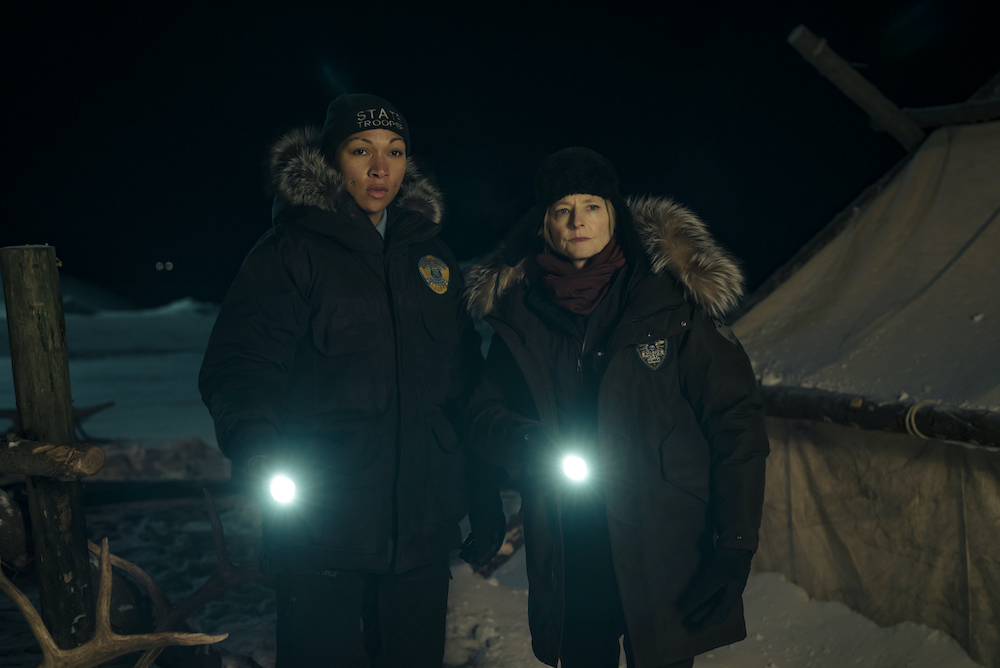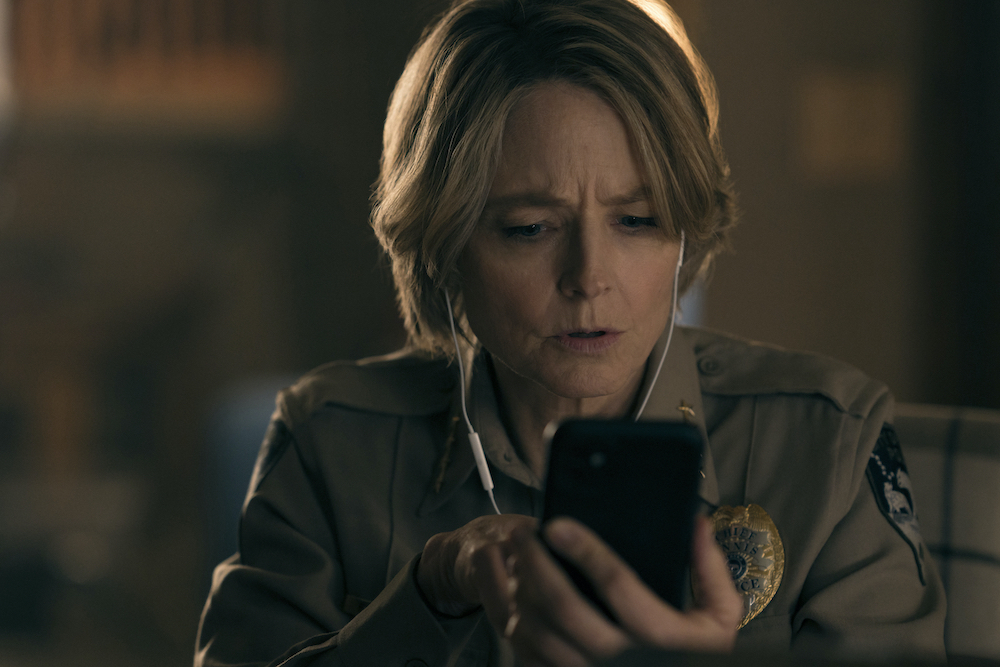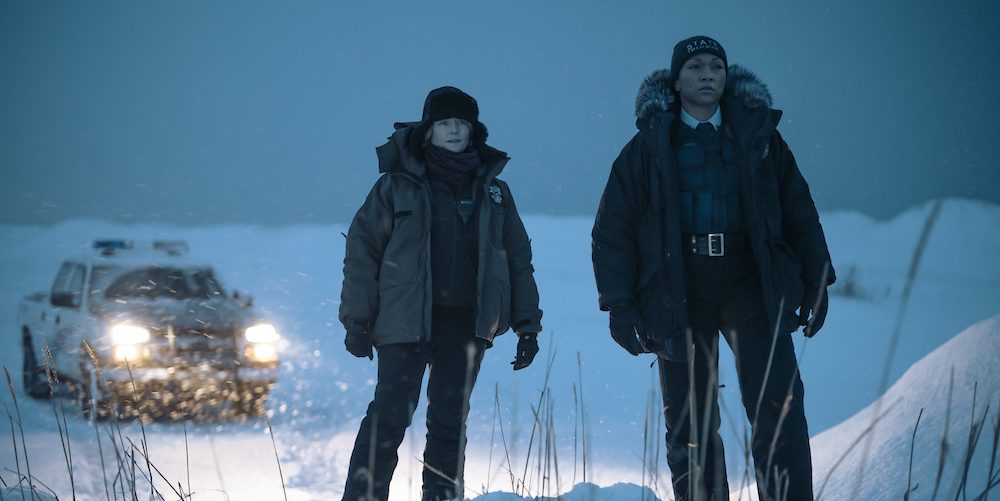The fourth season of HBO’s acclaimed drama series ‘True Detective’ gives the audience an eerie mystery that feels part supernatural as the line that separates reality from everything else starts to blur. It begins with the mysterious disappearance of eight scientists from the Tsalal Arctic Research Station, which connects to a cold case from six years ago. The investigation into the case leads the detectives and the residents of the town down a dark path where they make startling discoveries. With all that happens in the show, the audience is bound to wonder if the tv show is based on a true story.
Night Country is Fictional But Inspired by Real Events

Issa Lopez, who helms the fourth season of the series, initially incepted ‘Night Country’ as an independent story, which was then brought into the ‘True Detective’ universe. She wanted to create a whodunit and was fascinated by two cases that remain unsolved to this day. The first case that inspired her was that of the ship Mary Celeste. On November 7, 1872, Mary Celeste left the port of New York City for Genoa, Italy, and was found, on December 4, 1872, completely deserted and adrift in the sea. It was a little beat up but in considerably alright condition. The last entry in the log was ten days before it was found, with all crew belongings and the supplies, including alcohol, still intact. Even after all these years, no one knows what happened to the entire crew, none of whom ever returned.
Another case that invokes similar feelings of mystery and horror is the death of nine Russian hikers in the Dyatlov Pass. They were found frozen to death, a long way from their tent, and inadequately dressed to survive the weather. Six of them were found to have died of hypothermia, but the rest sustained injuries on the skull and the chest. Reportedly, two bodies had missing eyes, one body didn’t have eyebrows, and another had a missing tongue. Just a glance over the cases reveals that Lopez was influenced not just by the mystery but also the horror of these stories, and seems to have included some of the details from the real-life cases into her fictional story.
One of the things that Lopez knew would play an important role in the story was the setting, and she wanted to take the audience to a new playing field. So, in complete opposition to the sun-soaked first three seasons, she transported the setting for the fourth season to the seemingly perpetual, icy night of Alaska, which turned out to be perfect for the mix of reality, mysticism, and horror she wanted to create for the story. She cites films like ‘The Thing,’ ‘The Silence of the Lambs,’ ‘Seven,’ ‘Alien’ and Gore Verbinski’s ‘The Ring’ as the influences for the show.

While Lopez herself is not a fan of cold places and had never been to Alaska, she dove into research to get to know the place as intimately as possible. During the pandemic, she used the Internet, but as soon as travel was allowed, she went to Alaska herself and spent time there, getting to know the place, the people, and the culture to sew all those details into the story and the characters.
When it came to the protagonists, Lopez wanted to keep two women at the forefront, one of whom had to be Native. With the previous seasons of ‘True Detective’ having explored the male psyche, Lopez wanted to do the same with the characters of Danvers and Navarro, the latter being Iñupiaq. She wrote the characters as mirror images of each other, with one a “believer that in moments of doubt doubts” and the other a “one of them represents the non-believer that in moments of doubt believes.” This brought a great balance between them, which added to the texture of the show.
Another thing that she and the show’s creators were very mindful of was to represent the Native experience in the show as authentically as possible. They worked hand in hand with the Indigenous community to ensure that the story did justice to their portrayal while also focusing on serious issues such as their struggle and protests against climate change as well as the horrifying reality of the violence against Indigenous women. Considering all this, it is clear that while the story of ‘Night Country’ might be fictional, it has a thread that connects it with reality, not just in the matter of the mystery but also in the matter of the people and the issues it represents.
Read More: Kali Reis: The True Detective Night Country Star is Blissfully Married


You must be logged in to post a comment.